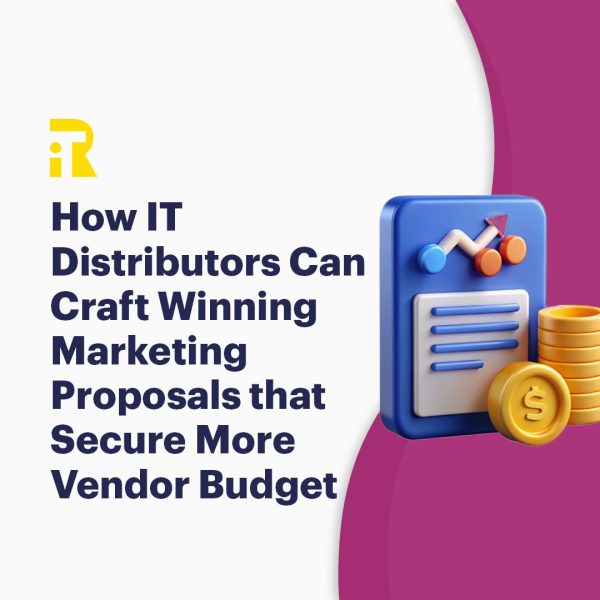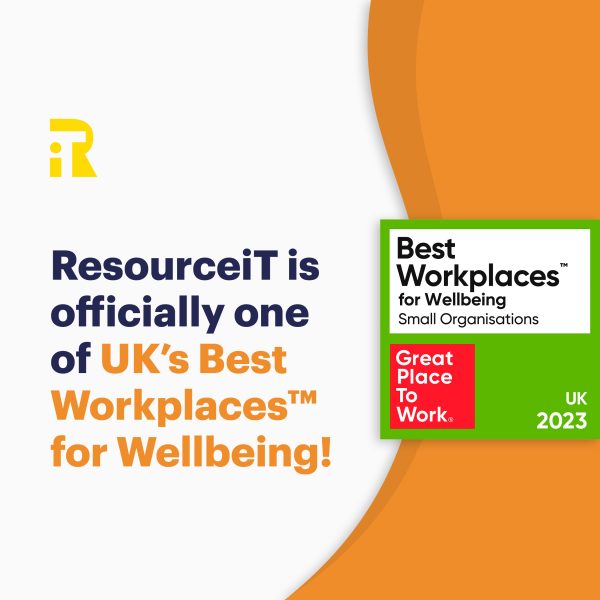In the competitive world of IT distribution, every distributor is fighting for a bigger piece of the vendor budget pie. The truth is, getting your hands on those valuable marketing development funds (MDF) is harder than ever. Brands that once had reliable MDF numbers are now seeing them dwindle, often due to lower quarterly sales or reduced stock purchases. And with MDF typically calculated based on a percentage of the previous quarter’s performance, this creates a real challenge.
So, how do you stand out and secure that all-important funding?
A great place to start is by looking at why your marketing proposals might be falling short in the first place…
Why Your Marketing Proposals Are Falling Short
It’s not just about throwing together a few flashy campaigns anymore. The landscape has changed, and so have vendor expectations. Here are some common reasons why your marketing proposals might not be hitting the mark:
- The One-Size-Fits-All Approach
Gone are the days when you could recycle the same generic proposal for every vendor. A proposal full of standard e-shots, web banners, and social media blurbs just doesn’t cut it anymore. Particularly since the pandemic, budgets are much tighter and brands are scrutinising marketing spend much more closely, looking for a solid return on investment (ROI) for every penny they spend. - Disconnected from Business Goals
A weak proposal is often created in isolation by the marketing team, without input from sales or commercial teams. These siloed efforts fail to align with broader business goals or vendor expectations. If the proposal doesn’t tie in with both sales targets and stock levels, it’s unlikely to secure funding. - No Clear ROI
Vendors need to see measurable results. If your proposal isn’t data-driven or lacks clear KPIs, it won’t inspire confidence that their investment will lead to growth.
So what is it that your Vendors truly want?
Now that we know what’s not working, let’s talk about what vendors are actually looking for from a distributors marketing plan. To secure more vendor budget, your proposal needs to tick a few key boxes:
- Innovation and differentiation
Vendors want fresh, creative ideas. They’re tired of the same old campaigns, and they’re looking for unique approaches that are forward-thinking and commercially aligned. - Clear ROI and measurable results
Show them the numbers. Vendors want campaigns that provide clear metrics and data to demonstrate how marketing efforts will translate into tangible sales growth. - Partnerships and collaboration
Vendors are looking for long-term partners, not just a quick sale. They value relationships based on trust, open communication, and a shared commitment to success.
What makes a winning marketing proposal?
So, what separates a winning proposal from one that gets pushed aside? The key is collaboration, understanding business goals, and aligning your marketing efforts with both sales and commercial objectives.
- Collaborate, don’t just sell
A successful proposal isn’t just about pitching a campaign. It starts with internal collaboration. Talk to your sales and commercial teams to ensure that the marketing plan supports what they’re pushing, whether that’s specific products, services, or stock management. Understanding their goals will help you create a marketing strategy that delivers real value. - Mutually beneficial
A winning proposal doesn’t just benefit the vendor; it benefits you too. By fostering shared success, you build long-term trust and stronger relationships. When both sides see clear advantages, you’re far more likely to secure ongoing investment. - Understand vendor expectations
Once you’ve built an internal foundation, it’s time to engage with the vendor. Set up a meeting to present your ideas, and most importantly, listen. Ask about their priorities and tailor your proposal to address them. This dialogue fosters trust and makes them feel valued. Keep the conversation going as the proposal develops, ensuring both sides stay aligned throughout the process.
The importance of building collaborative vendor relationships
No relationship, no hope – unfortunately that’s the reality of it. Strong vendor relationships are crucial to the success of your proposals. Here’s what you need to keep in mind:
- Regular communication
Keep the lines of communication open. Regular check-ins help maintain alignment, manage expectations, and address any issues before they escalate. Transparency is key. Vendors appreciate honesty, so keep them informed about any changes or challenges. - Collaboration is king
Involve vendors in the planning process. Seek their input and maintain a two-way dialogue. This partnership approach leads to deeper engagement and ensures both parties are invested in the outcome. - Reliability
Deliver on your promises. If you’ve agreed to deadlines or campaign metrics, stick to them. Consistency builds trust, and trust leads to more funding opportunities in the future.
Final Approval – from concept to execution & reporting
Once your proposal is approved, the real work begins. Here’s how to make sure your campaign is executed flawlessly:
- Map out a realistic timeline
After approval, it’s time to plan your timeline and manage conversations with any external agencies. Keep the vendor in the loop and flag any potential issues as soon as possible. - Execution with precision
Make sure you’ve got everything you need before the campaign kicks off — brand assets, final approvals, etc. Double-check everything before sending it to the vendor. Sloppy mistakes or last-minute changes can damage their confidence in you. - Reporting
Keep vendors updated throughout the campaign. For example, if you’re running a telemarketing campaign, provide regular reports on progress. Once the campaign concludes, present a thorough report comparing the initial KPIs to the actual results. Show them the value they’ve gained from their investment.
Conclusion
Crafting a winning marketing proposal isn’t about flashy presentations or generic campaigns. It’s about collaboration, innovation, and alignment with both your internal teams and the vendor’s business objectives. By focusing on building strong relationships and delivering clear ROI, you’ll stand out and stand tall — securing more vendor budget and strengthening your partnerships for the long haul.




